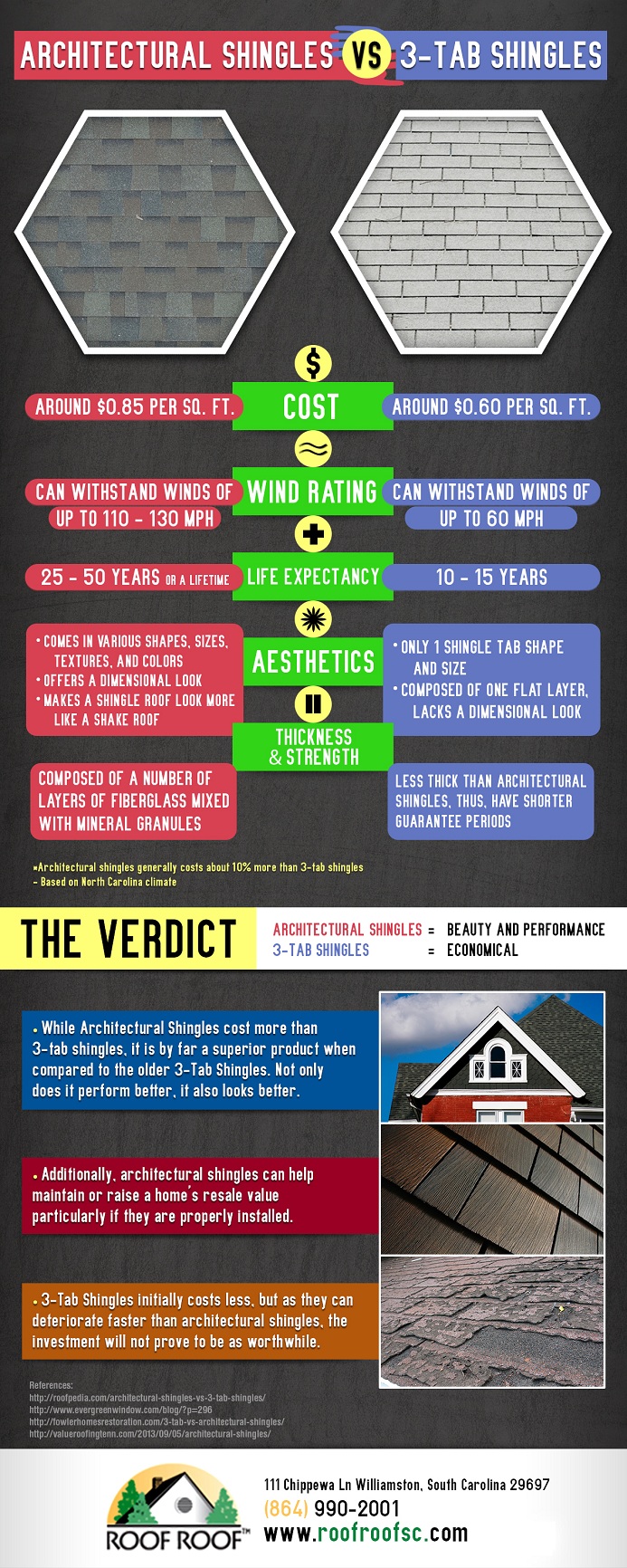Identifying Roofing Damages Early To Prevent Considerable Issues
Identifying Roofing Damages Early To Prevent Considerable Issues
Blog Article
Short Article Writer-Walton Gupta
To safeguard your home from possible costly fixings, recognizing roof damage very early is vital. By keeping an eye out for subtle signs like missing out on tiles or water spots, you can catch problems prior to they worsen. However what regarding those often ignored locations that could mean concealed troubles hiding over you? Stay tuned to discover vital suggestions for detecting roof covering damages before it rises into a major headache.
Early Indication
Spotting roofing damages early can conserve you time and money. One crucial early warning sign to keep an eye out for is missing or harmed shingles. If you observe any tiles that are cracked, crinkling, or completely missing, it's essential to attend to the issue quickly. These damaged roof shingles can leave your roofing system prone to leaks and further damage.
One more sign to try to find is water stains on your ceiling or wall surfaces. These discolorations can indicate a leak in your roof covering that requires instant attention. Overlooking these water stains can bring about extra comprehensive and costly repair work down the line.
Furthermore, be on the lookout for any type of signs of sagging or sagging areas on your roof covering, as this could indicate architectural damage that needs to be taken care of quickly.
Exterior Examination Tips
Consistently inspecting the exterior of your roof is crucial for maintaining its integrity and recognizing prospective damages early. Beginning by analyzing the roof shingles-- seek any missing out on, split, or curling shingles, as these can be indicators of roofing system damage.
Inspect the seamless gutters for granules from the shingles, as extreme granule loss may represent aging or weathering. Take note of the flashing around vents, smokeshafts, and skylights, guaranteeing they're firmly secured and without fractures.
Look for indicators of moss, algae, or mold and mildew growth, as these can lead to roof covering degeneration otherwise addressed promptly. Furthermore, inspect the fascia and soffits for any water stains or rot, which might indicate water damages.
Lastly, evaluate the total problem of your roofing from the ground, seeking any type of drooping areas or visible dips. By performing these exterior assessments routinely, you can catch roof damage early and prevent it from becoming a major issue.
Inside Red Flags
When checking your roofing for possible damage, do not neglect the importance of checking the inside of your home. Interior red flags can usually be early indicators of roof issues that need focus.
Start by examining your ceilings for any kind of water discolorations or discoloration, as these could indicate a leak in the roof covering. Another crucial area to check is the attic, where signs of water damages, mold, or mildew may show a roofing trouble.
Pay attention to any type of musty odors or a noticeable boost in humidity degrees, as these can additionally be indicators of water breach from a damaged roof covering. Additionally, sagging locations in the ceiling or walls should be taken seriously, as they could be a result of water damages deteriorating the structure.
If you notice any of these indoor warnings, it's crucial to have an expert roofing contractor evaluate the circumstance quickly to prevent further damages and costly fixings.
Verdict
By remaining watchful and on a regular basis checking for very early indication of roofing damage, you can stop minor issues from developing into significant troubles. Watch out for missing or damaged roof shingles, water discolorations on ceilings or wall surfaces, and any kind of sagging or sagging areas on the roof covering. By addressing https://www.buildersmerchantsnews.co.uk/SIG-Roofing-acquires-SM-Roofing-Supplies/50268 , you can save on your own from expensive repair work and guarantee your roof covering remains in good condition for years ahead. Stay proactive and protect your home from prospective damage.
